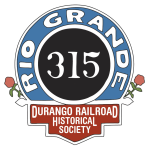
SILVERTON NORTHERN OIL SHED
7/21/16 PROGRESS UPDATE.
OIL SHED
Last week we poured the concrete stem walls and removed the forms.
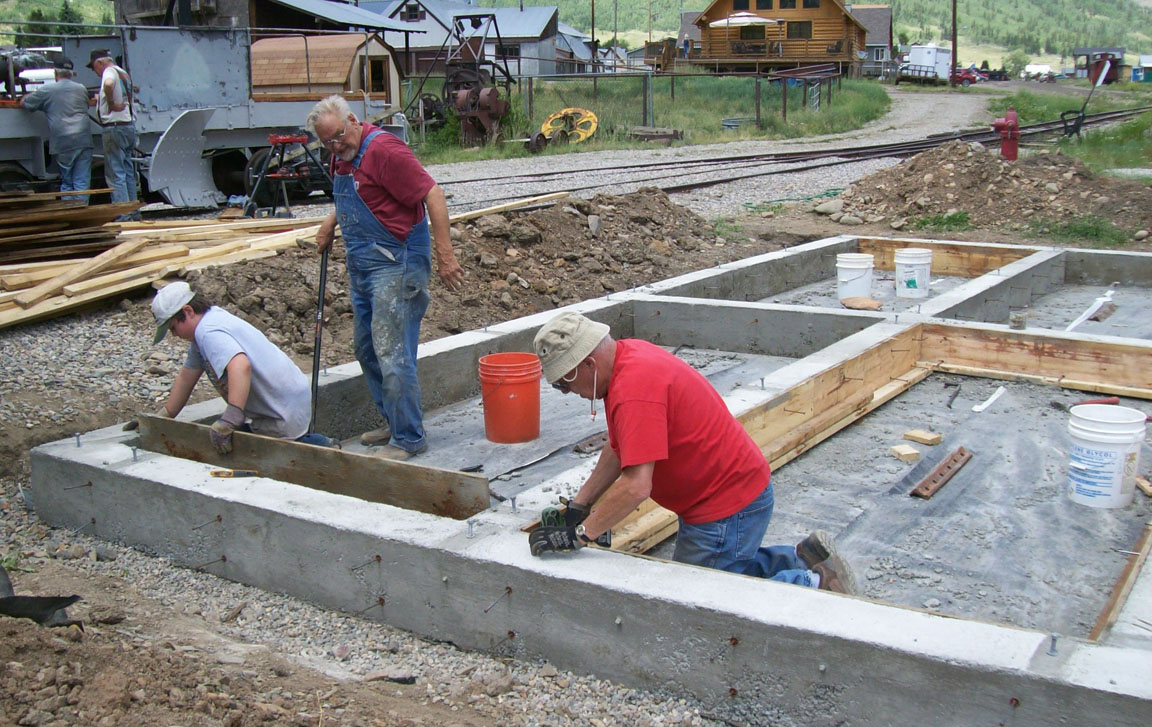
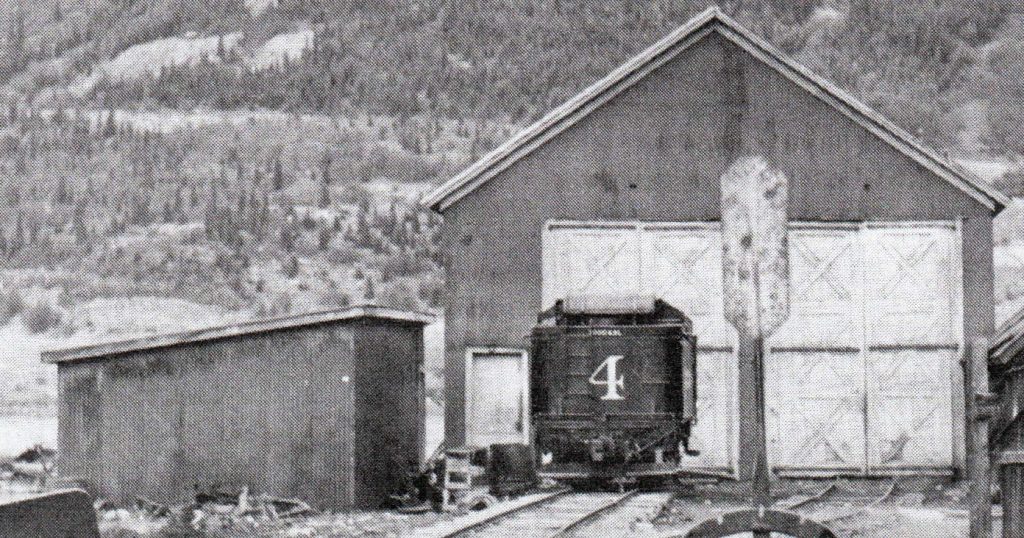
HISTORY
The date the SN Oil Shed was built is unknown, but it is believed to have been part of the SN Engine House site development. Photographs from 1912 and 1942 clearly show two sheds in front of the engine house, one on each side. On the southeast side is the oil shed, which was used for storing flammable lubricants such as steam oil, journal oil, and special greases as well as chemicals such as boiler treatment. These items were used for servicing steam locomotives in the engine house. This 30 ft. by 14 ft. wood framed tin covered shed appears in good condition in the early photographs. However the shed construction, typical of many old sheds in Silverton, was inadequate over time for frequent very heavy snow loads. The roof framing was only 2×4 lumber on approximately 24-in. spacing spanning 14 feet.
By 1977 the shed on the northwest side was gone and the oil shed roof, southwest wall and part of the southeast wall had already collapsed. The ruins of the oil shed remained mostly stable with the floor and jumble of wood structural members slowly deteriorating for the next 33 years. Before 2007, and because the collapsed oil shed was considered a safety hazard, SJCHS considered removing the shed and cleaning up the area, but plans to put the engine house site back into railroad context and study of the available photographs indicate that the oil shed is important to the historical ambiance of the area.

RESTORATION
Our intent is to use the oil shed as a library, conference room, office, and break room for the members and visitors working on or visiting our railroad restoration projects in Silverton. The need for this space is so important to future projects that the DRHS and SJCHS decided that we would proceed even without being able to obtain a grant. We will not salvage any of the original corrugated siding or roofing, salvage any original wood for reuse on the shed, nor produce an interpretive sign.

Volunteers will construct the shed. We expect reconstructing the shed to cost less than $14,000.
A concrete foundation will be formed, reinforced, and poured. Rigid electrical conduit will be stubbed through the foundation for a future underground feed from the engine house. Volunteers will reconstruct the shed to meet the building code. A wood floor will be kept at its original step above grade inside the walls and will be made as the original with plank flooring. The walls, which start at grade, and roof will be framed and sheathed, then covered with new ‘rusty’ metal corrugated roofing to keep with the historic appearance. The wood doors and window will be constructed as the originals and trimmed the same as the originals. The window with shutter doors on the easterly side will be glazed, and the shutters will be functional.
The interior rehabilitation treatment will simply include insulation covered with sheetrock and painted. Interior electrical will include a small breaker box, three ceiling lights with switch, and perimeter outlets installed per the National Electric Code.
In August 2015, wrapping a cable around it and tugging with a jeep quickly brought down the shed. We discovered the rusted corrugated metal was badly deteriorated and would not have been salvageable. However, we were able to salvage three 4×4 posts and a couple of boards, which went to the barn woodpile at the museum instead of the burn pile. The wooden floor of the shed was built on stringers setting directly on the ground, so much of it was rotted away. Only a couple of planks were taken to the museum and the rest went to the burn pile.
In September 2015, as part of this project, a forty-foot 18-in diameter sleeve was placed 8-ft. deep for a future 6-in city waterline. This is required because the water line will pass under the northeast corner of the shed in the sleeve. A local excavator buried the sleeve, marked the ends of the sleeve with 1 1/2-in. vertical PVC pipes, filled and compacted the soil, restored the ditch behind the shed, and leveled the site.
In spring 2016, the site will have been further compacted by the spring melt. By mid June 2016 it will be leveled again to the depth required by the foundation, then construction should begin. We expect to occupy the reconstructed shed by the end of summer 2016.
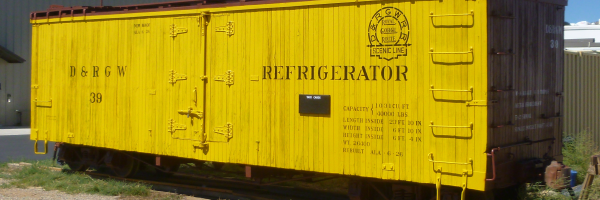
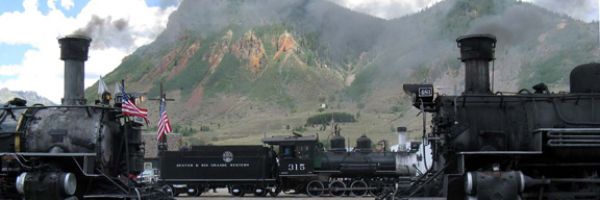
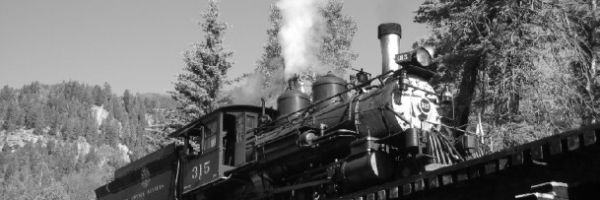
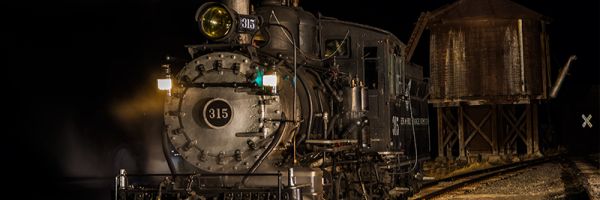
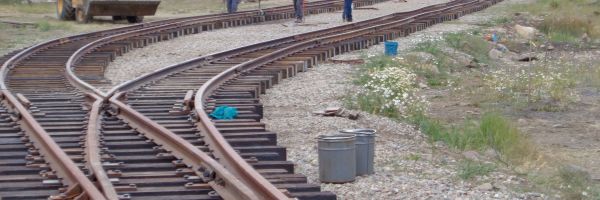
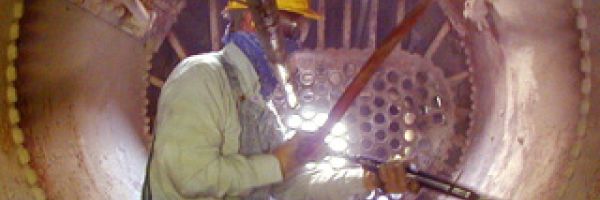
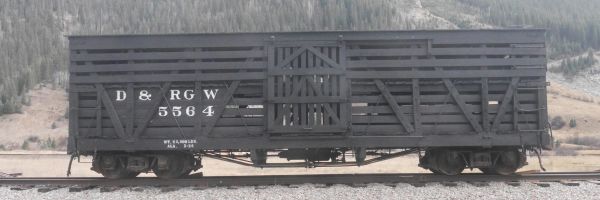
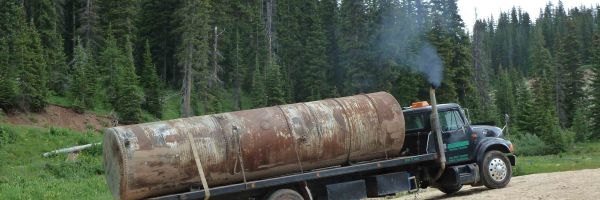
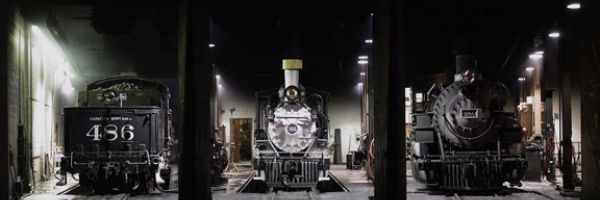
D&RGW Freight Cars
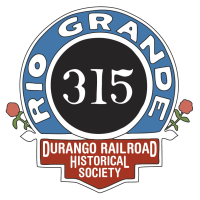
Durango Railroad Historical Society is comprised of a dedicated group of individuals who are united by their interest in narrow gauge railroading and focus on the preservation of southwest Colorado’s railroad history.
The Durango Railroad Historical Society is a non-profit corporation in Colorado and is a public charity under section 501(c)(3) of the Internal Revenue Code.